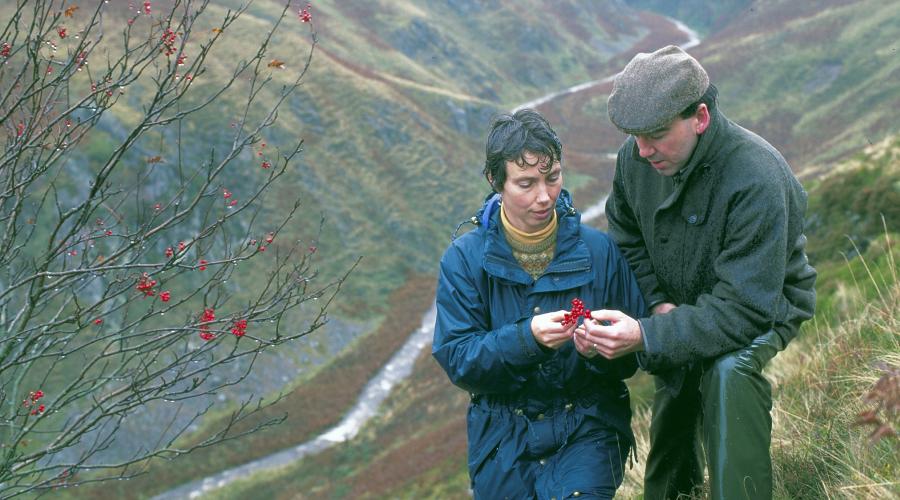
How we monitor features
NatureScot, volunteers and specialist contractors carry out site condition monitoring fieldwork to assess natural features against UK-wide standards.
We monitor more than 5000 individual natural features of special interest hosted on designated sites on a rolling basis through our Site Condition Monitoring programme.
Monitoring guidance produced by the Joint Nature Conservation Committee helps to ensure that features are assessed in the same way across the UK.
We use common standards set by this guidance to determine whether each feature is in favourable condition or not. The standards focus on those aspects of a feature that must be maintained to ensure its long-term survival.
Monitoring work is carried out by NatureScot staff, volunteers and specialist contractors with the range of skills and expertise needed to monitor the diversity of features in Scotland.
How regularly features are monitored depends on their sensitivity and vulnerability, for example we may assess features as:
- often as every 6 years - e.g. lowland heath
- little as every 24 years - e.g. an earth science feature
NatureScot also uses monitoring results from other sources to determine the condition of some natural features. Such sources include:
Site Check
To help detect any changes to the habitats, species populations or earth science features in the period between site condition monitoring assessments, we introduced the Site Check monitoring method in 2012.
A Site Check doesn’t set out to collect the detailed information required to complete a full site condition monitoring assessment. Rather it aims to collect enough data to determine whether the feature is subject to changing conditions – for better or worse.
If changing conditions are detected, we may commission a full Site Condition Monitoring assessment to re-evaluate the condition and management of the feature.
Find out more
Monitoring Protected Areas – Frequently asked questions leaflet





